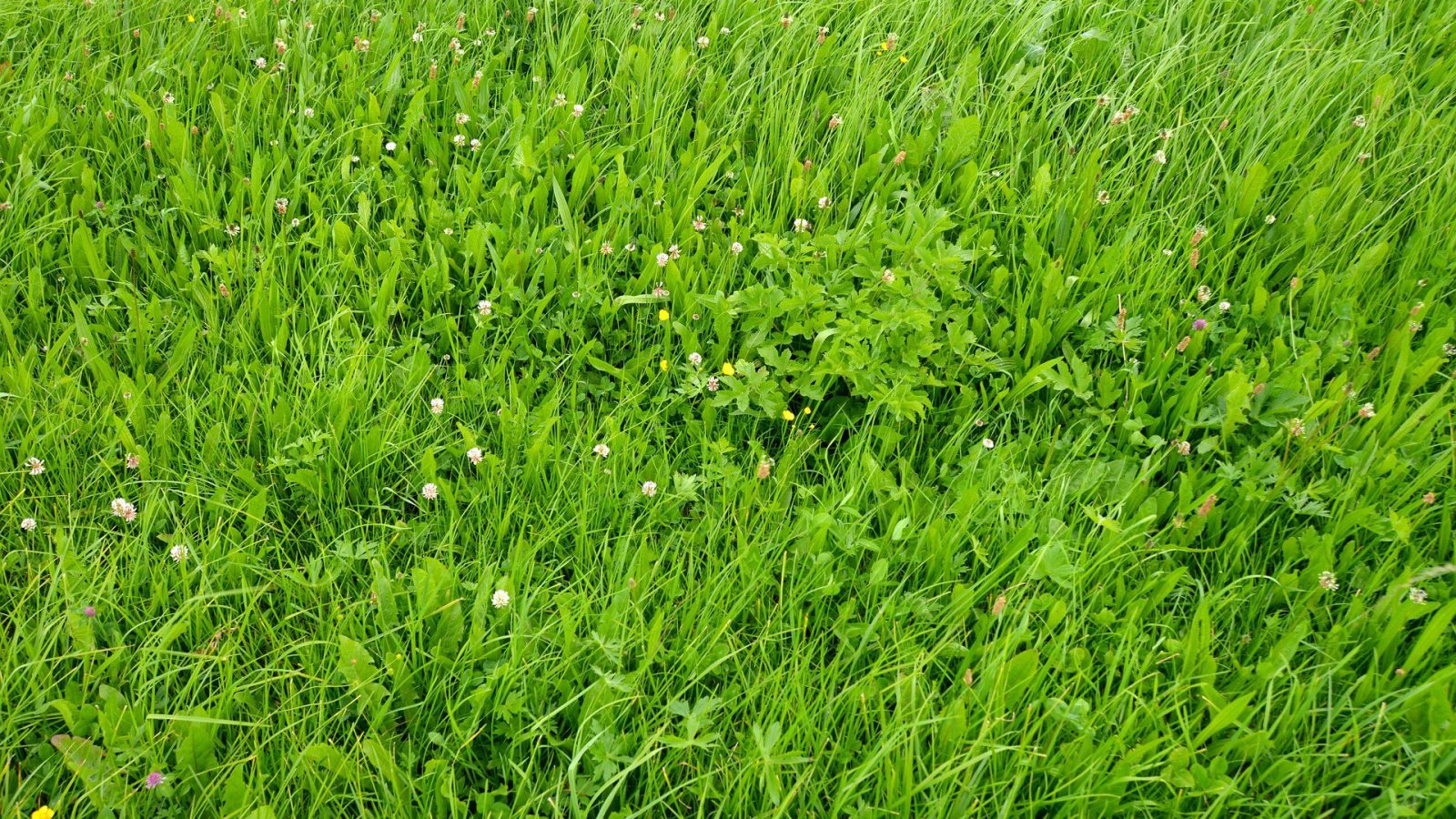Bijeenkomst: EGF2015 Auteur: Hyrkäs M., Sairanen A., Kykkänen S., Virkajärvi P. and Isolahti M. ISBN: 978-9090-289-61-8 Jaar van uitgifte: 2015 Producttype: Paper Scandinavian milk and beef production is based on high-quality grass silage. Harvesting time of grass, especially in the first cut, is the major factor that determines the optimization of dry matter yield and …
The effect of potassium on dry matter production and nutritive value of grass on three different soil types
Bijeenkomst: EGF2015 Auteur: Kykkänen S., Virkajärvi P., Hyrkäs M., Järvenranta K., Kurki P. and Suomela R. ISBN: 978-9090-289-61-8 Jaar van uitgifte: 2015 Producttype: Paper In Finland, grass yield response to potassium (K) fertilization varies with soil acid-extractable potassium (KHCl) availability, rather than the traditionally used measure of soil acid ammonium acetate-extractable potassium (KAAc). However, in …
The development of yield and digestibility of a grass mixture during primary growth and regrowth
Bijeenkomst: EGF2015 Auteur: Sairanen A. and Hyrkäs M. ISBN: 978-9090-289-61-8 Jaar van uitgifte: 2015 Producttype: Paper Development of yield and digestibility of grass leys was studied in Maaninka, Finland during the 2014 growing season. A field plot of 8 ha was sown in 2013 using a mixture of timothy (Phleum pretense L.), meadow fescue (Festuca …
Concentrations of micro-nutrients in forage legumes and grasses harvested at different sites
Bijeenkomst: EGF2015 Auteur: Gustavsson A-M. and Nadeau E. ISBN: 978-9090-289-61-8 Jaar van uitgifte: 2015 Producttype: Paper Forage is a major source of micronutrients for dairy cows. This study examined the concentrations of micronutrients in birdsfoot trefoil (Bf ), red clover (Rc), timothy (Ti) and meadow fescue (Mf ) at different sites, years and cutting dates. …
Increasing the resource efficiency of permanent grassland: outcomes of an EIP-AGRI Focus Group
Bijeenkomst: EGF2015 Auteur: Hopkins A., Bailey J., Reheul D., Brandsma J., Pehrson I., Mosquera-Losada M.R. and Crespo D.G. ISBN: 978-9090-289-61-8 Jaar van uitgifte: 2015 Producttype: Paper This paper summarizes outcomes of a focus group that examined resource-use efficiency of permanent grassland in the context of profitable utilization, taking account of trade-offs needed to deliver other …
Grass proves its value on Welsh dairy farms
Bijeenkomst: EGF2015 Auteur: Owen J.M. ISBN: 978-9090-289-61-8 Jaar van uitgifte: 2015 Producttype: Paper Wales has some of the most favourable climates for growing grass in the whole of the UK. It means grass can be grown very efficiently and it makes economic sense to optimise the use of that grass. Dairy farmer numbers in Wales …
On-farm research to make grass great again
Auteur: Gerber van Vliet
Determination of cutting frequencies from SAR for estimation of crop yields and pollen flight
Auteur: Stephan Hartmann & David Stäblein
Summary Report 175e dag
Auteur: Bestuur NVWV
